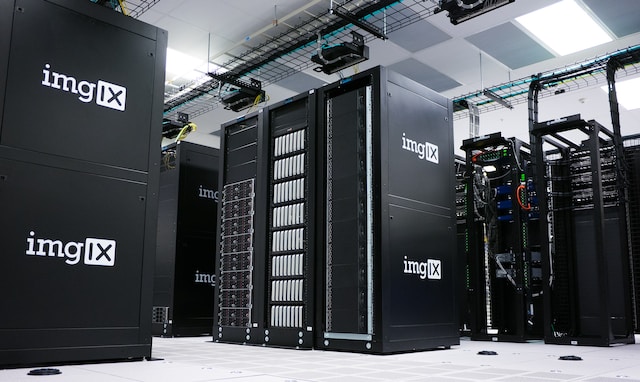The Evolution of Connectivity: Exploring 5G-Enabled Devices and Applications

In the ever-evolving landscape of technology, the emergence of 5G technology has ushered in a new era of connectivity, promising faster speeds, lower latency, and enhanced reliability. This paradigm shift has not only transformed the way we communicate but has also paved the way for a multitude of 5G-enabled devices and applications that are reshaping industries and improving our daily lives.
I. Understanding 5G Technology
Before delving into the world of 5G-enabled devices and applications, it’s essential to understand the fundamental aspects of 5G technology. The term “5G” refers to the fifth generation of wireless technology, succeeding 4G LTE. Unlike its predecessors, 5G operates on a higher frequency spectrum, allowing for increased data transfer rates, reduced latency, and the ability to connect a massive number of devices simultaneously.
II. The Proliferation of 5G-Enabled Devices
A. Smartphones
The most widely recognized 5G-enabled devices are smartphones. The integration of 5G connectivity in smartphones enables users to experience lightning-fast internet speeds, seamless video streaming, and improved online gaming. Major smartphone manufacturers have embraced 5G technology, releasing flagship devices equipped with 5G modems to capitalize on the enhanced network capabilities.
B. Internet of Things (IoT) Devices
5G’s low latency and high capacity make it an ideal network for powering the Internet of Things. From smart home devices to industrial sensors, 5G enables a more interconnected and responsive ecosystem. Smart appliances, wearable devices, and connected vehicles can leverage 5G to deliver real-time data exchange and more efficient operations.
C. Laptops and Tablets
Beyond smartphones, 5G has made its way into laptops and tablets. These devices benefit from high-speed internet access, providing users with the flexibility to work or consume content on the go without compromising connectivity. This is particularly beneficial for professionals who rely on cloud-based services and collaborative tools.
D. Augmented Reality (AR) and Virtual Reality (VR) Devices
AR and VR experiences demand high data transfer rates and low latency for an immersive user experience. 5G technology is instrumental in bringing these experiences to life, powering applications in gaming, education, healthcare, and more. The enhanced capabilities of 5G contribute to a more seamless and responsive AR/VR environment.
III. Applications Transforming Industries
A. Healthcare
5G is revolutionizing healthcare by facilitating remote patient monitoring, telemedicine, and improved connectivity for medical devices. The high-speed, low-latency network allows healthcare professionals to access and transmit critical patient data in real time, leading to faster diagnoses and more efficient treatment plans.
B. Smart Cities
The deployment of 5G in smart cities enhances infrastructure efficiency, public safety, and urban planning. From traffic management and public transportation to environmental monitoring, 5G-enabled devices contribute to the development of interconnected smart city ecosystems that optimize resource utilization and improve overall quality of life.
C. Manufacturing and Industry 4.0
In the industrial sector, 5G plays a pivotal role in the realization of Industry 4.0. Smart factories leverage 5G connectivity for real-time monitoring, predictive maintenance, and automation. The increased reliability and responsiveness of 5G-enabled devices contribute to more agile and efficient manufacturing processes.
IV. Challenges and Future Outlook
While 5G brings about transformative changes, it is not without challenges. Infrastructure requirements, spectrum allocation, and security concerns are areas that require ongoing attention. As the technology continues to evolve, addressing these challenges will be crucial for unlocking the full potential of 5G.
In conclusion, the advent of 5G technology has ushered in a new era of connectivity, giving rise to a diverse array of 5G-enabled devices and applications. From smartphones and IoT devices to applications in healthcare, smart cities, and manufacturing, the impact of 5G is reshaping industries and revolutionizing the way we live and work. As the technology matures, we can expect even more innovations and a deeper integration of 5G into our daily lives.




